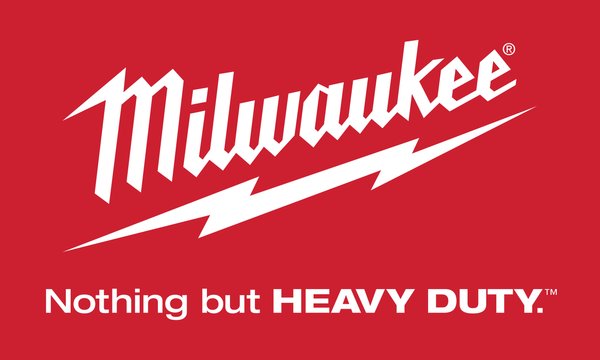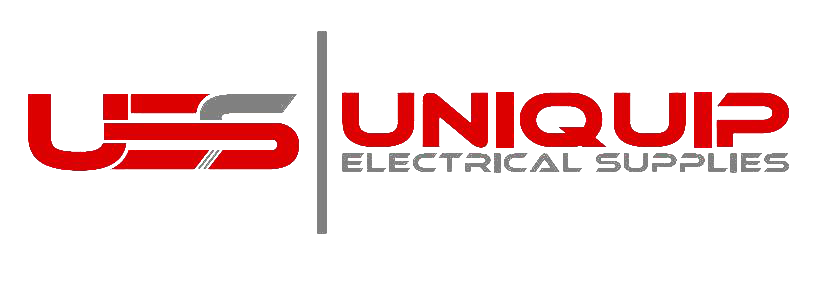Investing in Safety: The Importance of Safety Training in Construction

Australia’s construction industry forms the backbone of our nation’s infrastructure and economy, employing over a million workers. However, it’s a sector where workers often face potential dangers on the job – from slips, trips, and falls to incidents involving heavy machinery and equipment.
That’s where safety training comes in. It’s an absolute necessity, a cornerstone in ensuring that our construction sites remain as safe as possible.
Statistics and Examples
Every year in Australia, the construction industry accounts for 12% of work-related fatalities, the third-highest rate across all sectors. These aren’t just numbers on a page; they’re real people – fathers, mothers, sons, and daughters, whose lives are irrevocably changed due to accidents that could have been prevented with appropriate safety training.
A harsh statistic about our industry: of the 169 work-related fatalities in 2022, those working in the trades or trade-adjacent industries made up the vast majority, with 134 deaths. That’s nearly 80 per-cent of all deaths come from the trades, labouring, and machinery operators/drivers area. In fact, if you are a machinery operator, you are 68 times more likely to suffer a major incident at work than someone working in administration.
Types of Safety Training
There are different types of safety training in the construction industry, each designed to tackle specific risks. From general construction induction training (white card) to more specialised courses like working at heights or confined spaces training, each module is critical to providing a comprehensive understanding of workplace safety.
Legal Requirements
Under the WHS regulations, construction companies in Australia are obliged to provide adequate safety training to their employees. Noncompliance can lead to hefty penalties, including fines and even imprisonment. These regulations aren’t just about ticking boxes. They’re about ensuring each worker has the right to a safe and healthy workplace.
Implementation of Safety Training
As an employer, the first step in implementing safety training is identifying the risks specific to your worksite. Then, choose relevant courses from reliable providers like Equip-Safe that meet these needs.
Remember, safety training is a shared responsibility. While employers must provide the training, employees also have a role in actively participating and applying their learnings in their daily work.
Benefits of Safety Training
The benefits of safety training extend far beyond compliance. For workers, it leads to a safer work environment, greater job satisfaction, and improved morale. For employers, fewer accidents mean less downtime, lower insurance premiums, and a positive company reputation. On a broader scale, a safer construction industry can boost economic productivity and contribute to the wellbeing of our society.
Conclusion
In summary, safety training in construction isn’t just a legal requirement or a cost to a company. It’s an investment in safety, productivity, and our people. By prioritising safety training, we can make a tangible difference in the lives of our workers and their families.
So, don’t delay. Start creating a safer workplace today. Explore Equip-Safe’s Safety Training Courses and discover how they can help you meet your safety goals.
















